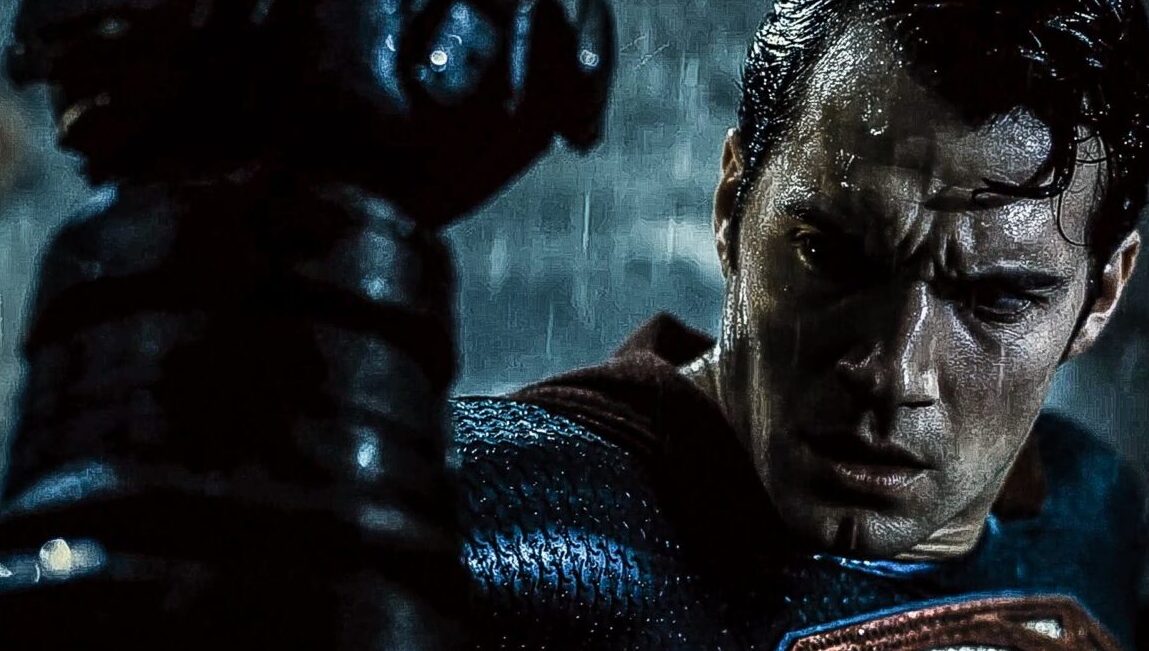Centigrade doesn’t do much as a character-driven chamber piece, but it’s served well by an attention to detail and the ability to build genuine tension.
In 2012, a man named Peter Skyllberg made headlines for surviving in his car for two months with no food after getting lost in a forest in rural Sweden. Doctors credit his miraculous survival to the “igloo effect,” citing the air pockets inside each ice crystal as providing insulation, just like the air pockets between down feathers in our winter parkas help keep us warm. Brandon Walsh adapts this story, along with several other remarkable stories of Arctic survival, for his feature debut, Centigrade. Matt (Vincent Piazza) and Naomi (Genesis Rodriguez) are an American couple in Norway for her book tour. Rather than driving through the night in the fury of a blizzard, they decide to pull off the road.The film opens the next morning when they discover their Land Rover is buried under the snow and ice, and the 90-minute film takes place almost entirely inside their rental car. Before long, Naomi — who is eight months pregnant — and Matt fall into a predictable pattern of recrimination and blame, lashing out at each other without the satisfaction of storming away or even slamming a door. In this sense, Centigrade is a typical locked-room horror movie, pitting its stars against both the elements and each other.
This plot structure is by no means revolutionary, and the stories that successfully execute this device generally rely on two factors. The first is the quick development of a strong emotional connection to the characters, often based on behaviors and relationships before the inevitable catastrophic situation comes to pass. The other is a gradual reveal of secrets that impacts how the characters behave during the situation, ratcheting up tension and suspense through words as well as action. Perhaps in the interest of running time, Walsh’s approach is lukewarm at best; there is no sense of what Matt and Naomi are like under normal conditions or why they fell in love in the first place. The secrets they reveal have almost no bearing on their immediate circumstance, and in either case, viewers aren’t given a reason to sympathize.
What we do know is that Matt and Naomi are in an impossible situation. They can either excavate an escape from the car and almost certainly freeze to death if they’re not immediately rescued, or they can stay put with dwindling supplies and face the agonizing helplessness of seeing a car’s headlights pass them by. Centigrade is at its best when Walsh captures just how close they frequently are to rescue. In a scene straight out of an O. Henry story, a passing snowplow seems like a blessed godsend until it becomes clear that, rather than bringing salvation, it’s presence means only more snow will be piled on top of them and entomb them further. These tensive encounters provide a fillip to the stay-or-go drama, but it’s the aesthetic support that puts a punctuation mark on proceedings. Walsh, a veteran TV director, makes the most of the film’s cramped setting by utilizing extreme close-ups of otherwise unremarkable textures, like the car’s plastic floor mat or the accumulation of ice through a crack in the window. He captures the terror of the situation as well as the tedium, each drop of water falling with the relentless rhythm of a metronome, counting down towards nothing.







